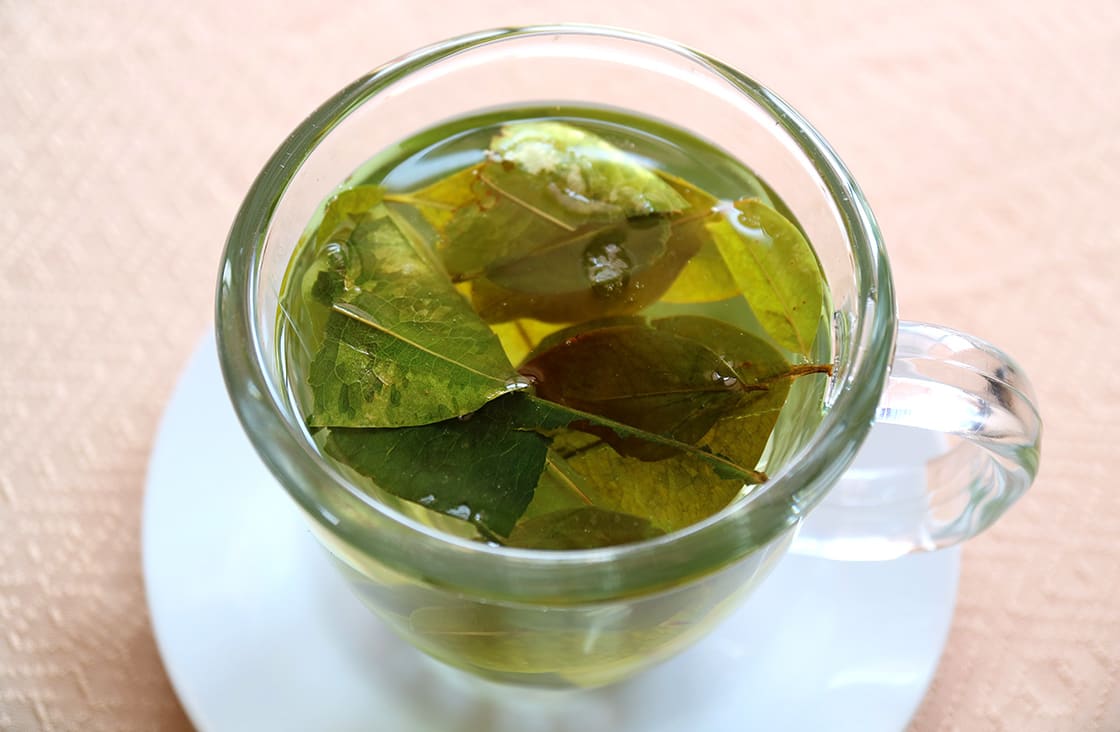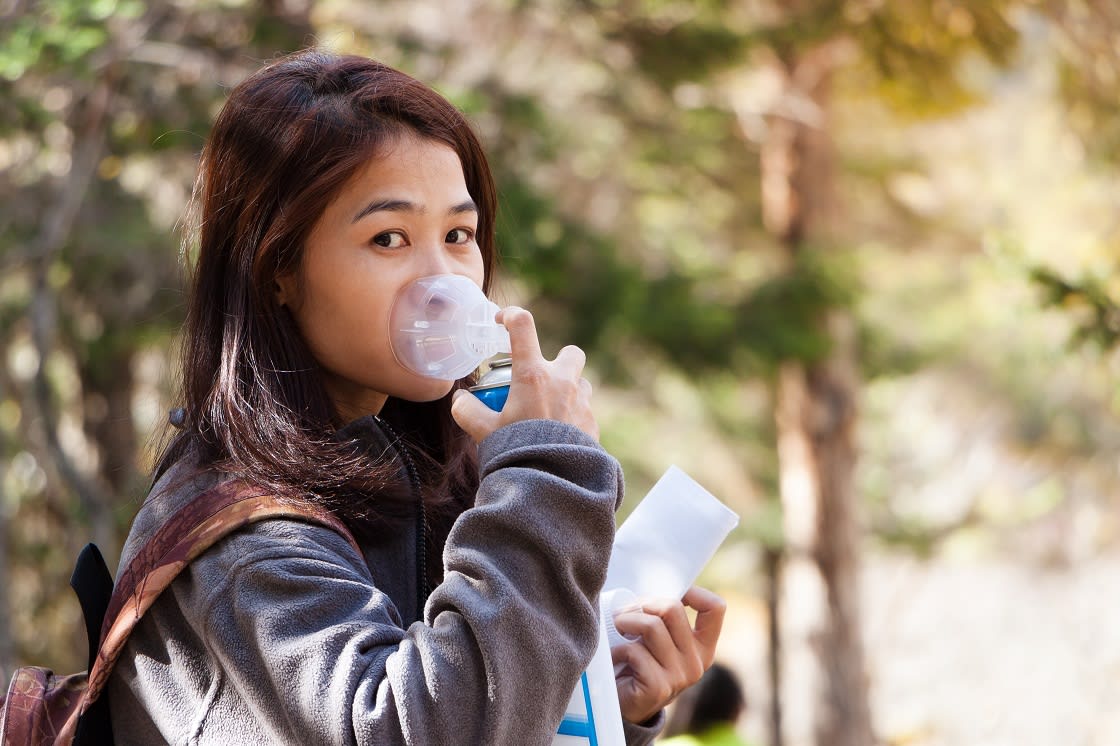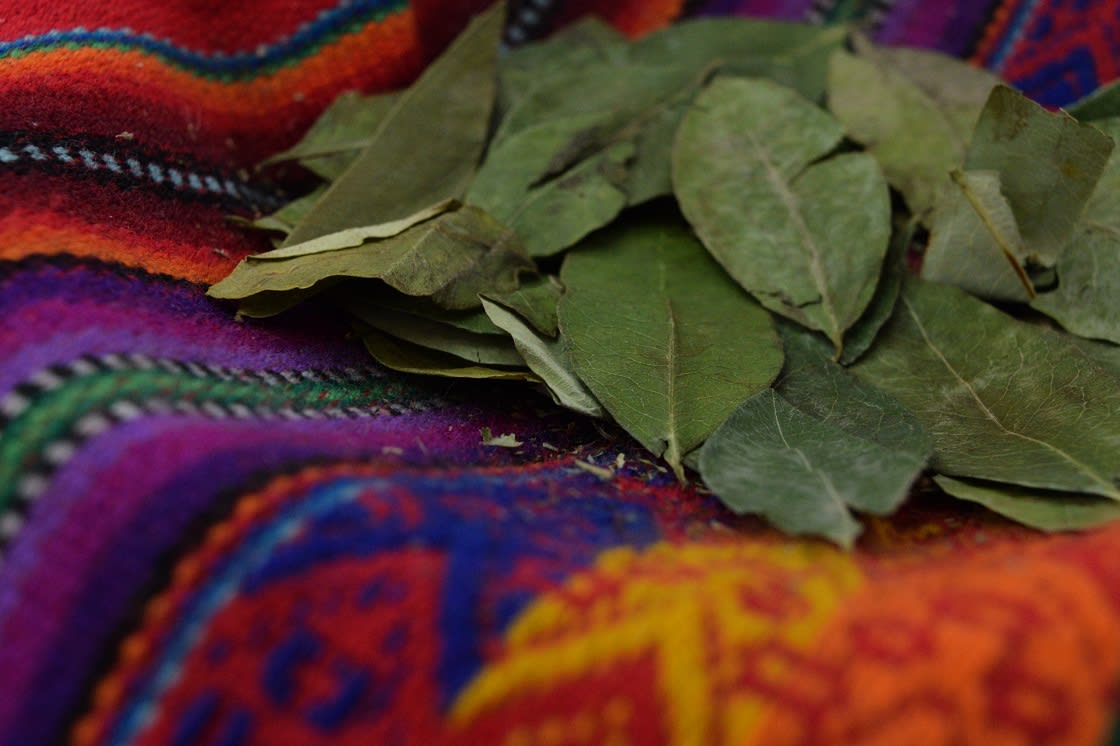
Reportedly, 50% of travellers that go to Cusco get Altitude Mountain Sickness (AMS), so there is a 50/50 chance that you will feel some of the symptoms on your travels to the Peruvian Andes. Altitude sickness symptoms usually kick in about six to 12 hours after you arrive at high altitude, so be aware that it may not just happen straight away. Altitude sickness occurs when you cannot get enough oxygen from the air at high altitudes.
It doesn’t matter how fit or young you are, some people are just affected by the sickness regardless, although if you are a smoker the experience may be a lot harder for you. It’s best to do everything you can to prevent altitude sickness, and know what to do to treat it if you do get it. The trick is – be prepared. That’s why we’ve created these top tips on how to prevent altitude sickness in Cusco. But first, in order to prevent it, we need to find out exactly what altitude sickness is:

Tourist With Mountain Sickness
Also known as Mountain Sickness, Altitude Sickness or referred to by Peruvian locals as soroche, Altitude Mountain Sickness is an illness that can occur when you travel to high points of elevation. It occurs when your body does not get the amount of oxygen it needs. Air in high altitudes is much “thinner” so your body has to breathe faster and work harder to get enough oxygen to support itself. A mild form of AMS will usually result in a headache, slight weariness, sickness, loss of appetite and a shortness of breath, some have described the symptoms as being a lot like a “really bad hangover”. While rarer side effects include fluid in the brain and lungs, these symptoms suggest something more serious, and even life-threatening, but are very rare so do not worry.
Altitude Sickness is very common for travelers to high regions, and while most common forms of Altitude Sickness usually occur when you reach a height of over 8,200 feet (2,500 m), acute AMS can also occur at lower heights.
Give yourself time to acclimatize. When you arrive at high altitude, allow yourself two-three days to adjust to the new altitude before you take on a strenuous trek, try not to do any exercise or smoke. Your body will eventually adjust to the new altitude and your Altitude Sickness symptoms will disappear.
Avoid flying directly into high altitudes. If you can, it is best not to fly directly into high altitude destinations like Cusco from low altitudes ones like Lima as this gives you no time to acclimatize and can be dangerous for your body. As this route is so common, we advise our guests to stay at the lower altitudes in the nearby Sacred Valley to help you acclimatize before exploring Cusco itself.
Walk slowly. When you start walking in a high altitude take your time. If you over-exert yourself you may find you get a headache and feel sick.
Take special tablets. You can take some pills to help prevent Altitude Mountain Sickness, like acetazolamide (brand name Diamox). These are usually taken twice a day and should be started two days before you plan to ascend into high altitude. You may also be required to continue taking the pills after the event to ensure you don’t get sick after leaving the high altitude area. It works by making more of your blood acidic which increases ventilation and improves the oxygen saturation in your blood. Make sure you consult your doctor first.
Try ibuprofen. The anti-inflammatory has been proven to sooth side effects of AMS for some people, particularly if you are suffering from a headache.
Drink plenty of water. Acclimatization is often accompanied by fluid loss, you should try to drink at least 3-4 quarts per day.
Eat a high-calorie diet. Take more than 70% of your calories from carbohydrates.
Avoid heavy foods: Your digestion slows down, try to avoid heavy foods!
Don’t smoke or drink alcohol. It’s best not to drink alcohol or smoke a few days before you go to a high altitude spot, and when you are there do not drink alcohol or smoke, as this can heighten any symptoms you might get.
Drink coca tea or/and Muña tea. It works! A traditional prevention and cure method that is native to the Andean highlands region, locals often treat travelers to a hot coca tea (mate de coca) as soon as they arrive. Both Coca and Muña tea are thought to have medical properties– digestive, anti-septic, analgesic, anti-inflammatory and anti-phlegm. Coca tea in particular relieves hunger and fatigue to enhance physical performance.
Take an Oxygen shot. You can ask your travel doctor if taking canned oxygen shots is recommended.

Green Cocoa Leaves
Chewing on coca leaves. Although be aware that while coca is legal in Peru, if you are tested for cocaine you will prove positive! The leaves of the coca plant contain alkaloids which—when extracted chemically—are the source for cocaine base. However, the amount of coca alkaloid in the raw leaves is small. A cup of coca tea prepared from one gram of coca leaves (the typical contents of a tea bag) contains approximately 4.2 mg of organic coca alkaloid, compared to 25 or 30 mg in a line of cocaine.
Stay where you are. If you start to feel sick and have a headache while you are walking in high altitudes, then stop and stay at the altitude you are until you feel better. After you feel better it should be safe to continue, but make sure you take the rest of your journey slowly and carefully.
If your symptoms get worse, descend. If you start to feel worse then make sure you descend immediately until you feel better. Keep going down until you feel better, and do not try to start again until you feel fully better again.
Be patient. If you are suffering, hang on in there. Your body is actually very good at adjusting (while it may not seem like it!) and after 2-3 days at the same altitude it will acclimatise and you will feel much better.
Take tablets. The same preventative tablets, Diamox, will help to minimize your symptoms that are caused by poor oxygenation. If you do need to take something then make sure you consult your doctor first (or a doctor) as these tablets do have side effects themselves.
Take a test. If you can walk in a straight line heel to toe (like a sobriety test) then you are acclimatized. If you cannot then you have AMS and need to descend immediately.
If you are planning on visiting Cusco and taking a tour up to the incredible and mysterious Incan ruins of Machu Picchu, our tours have been especially designed to take into account slow acclimatization to altitude as you gradually work your way from Cusco, Peru’s Inca capital city, through the spectacular Sacred Valley and up to the magical archaeological site of Machu Picchu. After visiting Machu Picchu, you may also consider a journey to Lake Titicaca, the world’s highest navigable lake at 12,000 feet above sea level where your time in Cusco should stand you in good stead for the heady heights of the altiplano.
Contact us for further information about how to plan your visit to the Andes if you are concerned about altitude sickness during your trip to Peru.
While Rainforest Cruises aim to provide accurate and up-to-date information, we make no representations as to the accuracy or completeness of any information herein or found by following any link on this site. Rainforest Cruises cannot and will not accept responsibility for any omissions or inaccuracies, or for any consequences arising therefrom, including any losses, injuries, or damages resulting from the display or use of this information.




